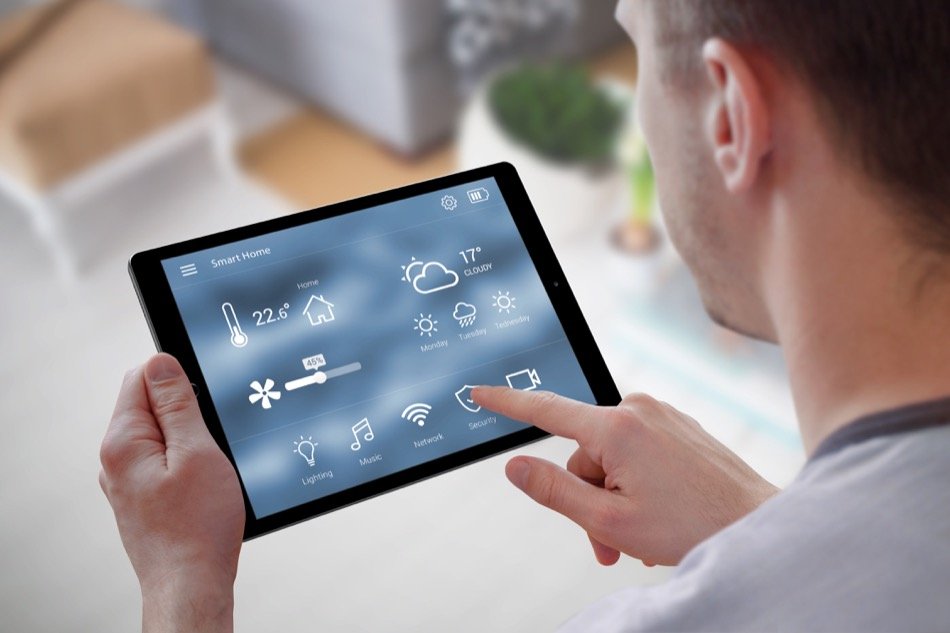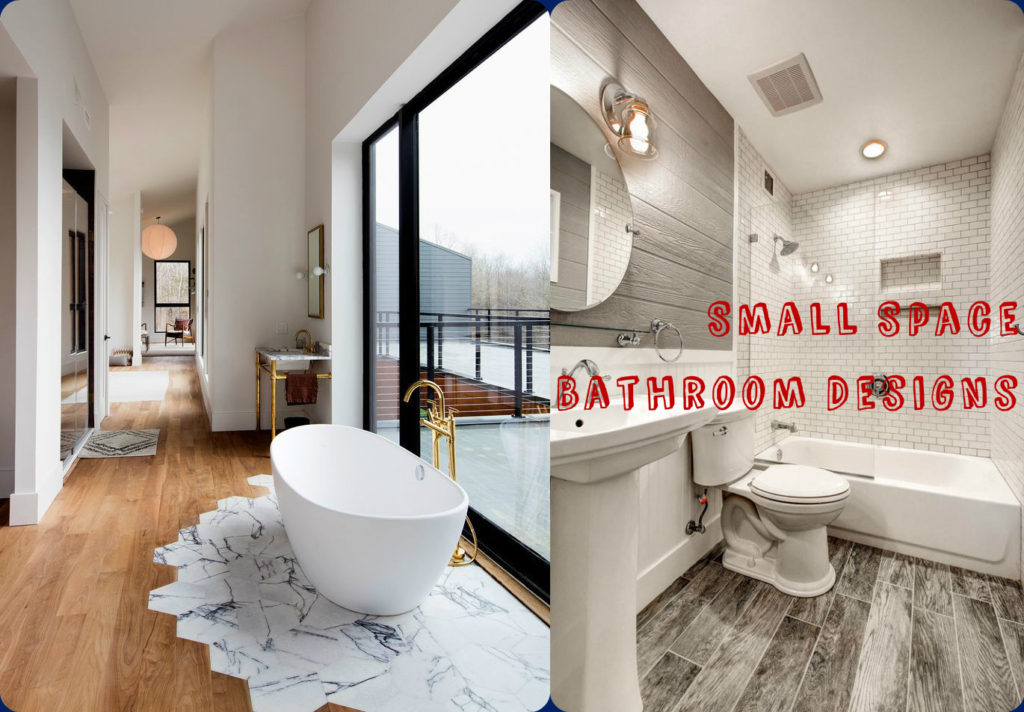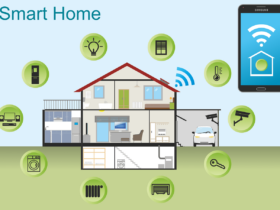We have witnessed a technological revolution in the last decades. Digital technologies and the Internet have improved our lifestyles. Even at home, these technologies have made enormous changes. That is the case with the so-called smart home, which is a house that uses interconnected devices to remotely control and monitor several systems.
A smart home greatly relies on home automation technology to provide superior comfort, security, and energy efficiency. For this sake, a smart home utilizes:
- Sensors that measure and detect different parameters at home.
- A control unit (usually a smartphone or a tablet) with a smart home app.
- Smart devices and systems with networking capabilities.
Home automated devices can function automatically based on programmed routines, which are activated by the data provided by the sensors.
Automated Devices that Improve Our Lives at Home
Home automation technology has positively impacted most aspects of our daily lives. The following are some examples of how these technologies have entered the domestic sphere.
Standing Desks
One of the spaces where home automation has a lot of applications is the home office. Standing desks are the primary example of how automation can bring comfort and health benefits. A standing desk is equipped with devices known as linear actuators, which can adjust the tabletop height. In this way, you can work standing or sitting as you prefer. You can implement your own standing desk on site, or improve the one you already have by adding more functions.
Smart TVs and TV Lifters
Modern TVs can connect to the Internet to access on-demand content, thereby increasing your choices. To make your entertainment room more convenient, you can mount your TV on a TV lifter. In this way, your TV can be hidden when you are not using it. When you want to watch some content, you press a button and your TV appears from inside a cabinet. A TV lifter consists of linear actuators that provide up and down movement.

Smart Lighting
One of the most popular smart home systems is smart lighting. These systems are equipped with sensors that detect the presence of people inside a room. So, when people are in a room, the lights turn on automatically. Some systems can regulate light intensity according to personal preferences, a feature quite useful in your home office. What’s more, some smart lighting systems can be programmed to turn the lights on at predefined hours in case you are not home.
Smart Heating and Cooling
Depending on weather conditions, you might need to use a heating or cooling system at home. These systems use thermostats to sense the temperature inside a house. With this information, a smart heating or cooling system activates to produce a pleasant indoor temperature. These smart systems can be programmed to set your ideal indoor temperature.
Most smart heating/cooling systems can connect to the Internet, so you can remotely control them. This feature can help to use energy more efficiently. For example, when you leave for work on a winter day, you can turn the heating system off at home to save energy. Later, one hour before you go back home, you can remotely turn the heating system on. This way, you will arrive at a warm and cozy home.
Smart Security
Home security systems utilize digital technology to allow homeowners to monitor their property when they are away or on vacation. Smart cameras can transmit real-time video to your smartphone via the Internet. This way, you can always check on your house and see whether everything is fine. Likewise, motion sensors can detect the presence of a burglar and automatically notify authorities.


















